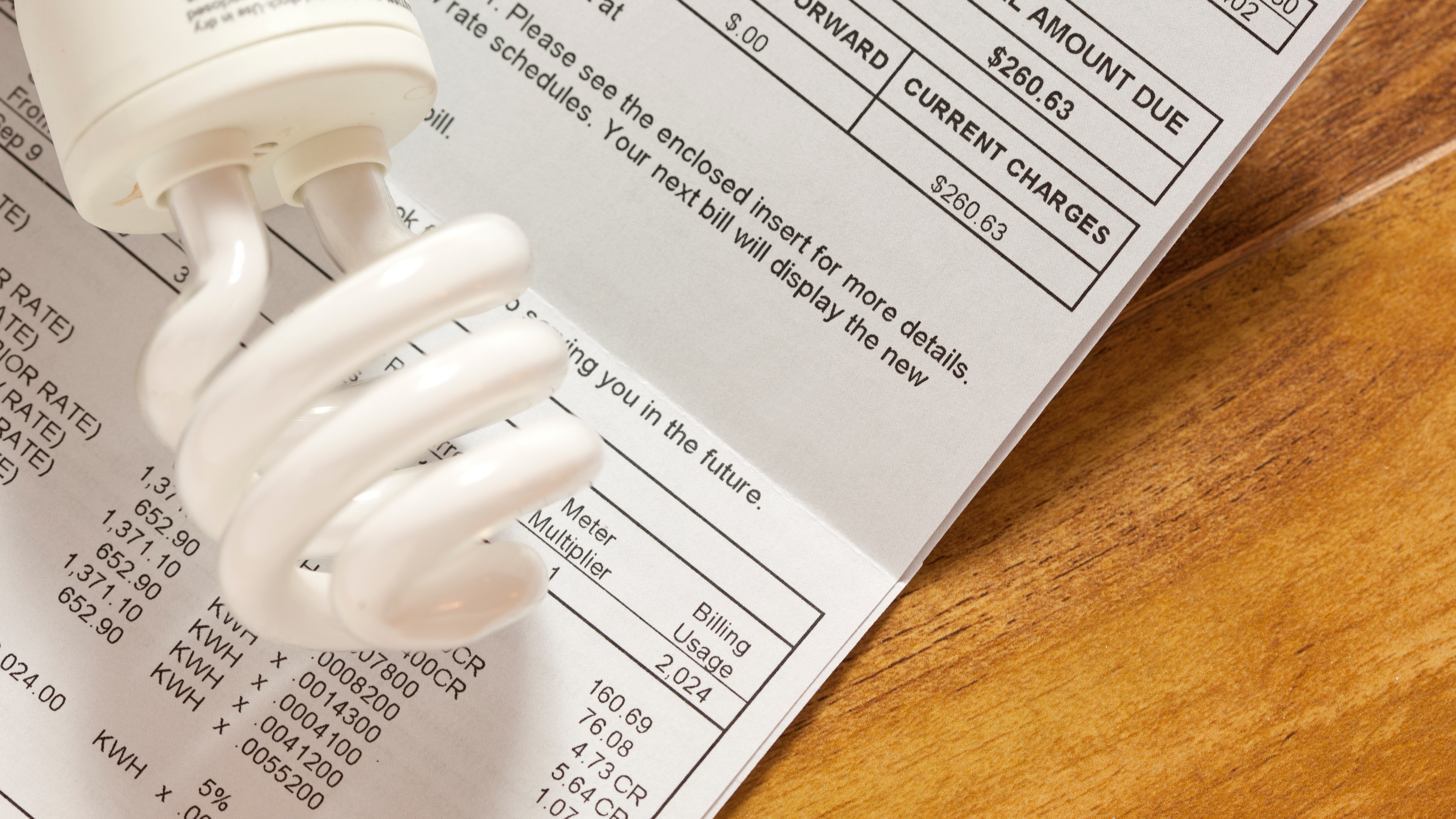Do you love shopping for new clothes? You are looking to have the latest trends, but experts say wearing outfits for one season and then tossing them is doing a lot of damage to the environment.
Fast, disposable, or cheap fashion, as it is called, is one of the fastest-growing industries. In fact, according to data from the Center for Biological Diversity, the number of new garments made per year has nearly doubled over the past two decades and global consumption of fashion has quadrupled.
How did fast fashion grow?
“It started because people are requesting more from the fashion industry, basically the big brands used to do four collections a year, but right now they’re doing one a week,” said Evelyn Aguilar, a fashion expert and designer in San Diego.
Get San Diego local news, weather forecasts, sports and lifestyle stories to your inbox. Sign up for NBC San Diego newsletters.
For the past 10 years, Aguilar has worked as a fashion designer where she witnessed firsthand this type of global consumption.
She said she was that person that used to buy a crazy amount of clothes, but when she saw the whole spectrum she changed her mind. “I was like no, you gotta buy things that really matter and things that I'm going to wear for the long run, and not only for one or two times,” Aguilar added.
The United Nations said this business model is largely responsible for the climate crisis, positioning itself as the second-most polluting industry on the planet.
NBC 7 Responds
Fay Crevoshay, Wild Coast environmental activist says, “35% of the microplastics that are in the rivers and in the oceans come from fabric, from this type of fabric. And this microplastic that you don't see flies, it's in the ocean. The fish eat it, the birds eat it. And then when you eat the fish, you eat it.”
As an environmental activist, Crevoshay says fast fashion is a serious problem in which we are silently contaminating our planet. She says a shirt takes 700 gallons of water to make, and a pair of jeans, 2,000 gallons of water to make.
The fabric dye and the plastic within the fabric both contaminate the water, which is then flushed into our rivers.
What happens to our clothes after we're done with them?
More than half of fast fashion ends up in landfills as solid waste, according to the United States Environmental Protection Agency or EPA.
Wanting to do more and raise awareness, Aguilar came up with “Closet Detox.” It's an event where women sell their used clothes, offering buyers sustainable and low-cost second-hand garments.
“It's been really hard because I feel like a lot of people have that mentality that you’re not supposed to wear something that has already been worn by someone else. It's good to give it a second chance, to give it another opportunity, to have someone else style it differently,” Aguilar said.
Secondhand fashion apps and websites, like Poshmark and thredUP, have grown in popularity in recent years. You can also check your neighborhood for consignment stores. Many have strict standards for what they sell, so it doesn’t feel like you’re buying something used.
How can you avoid fast fashion?
- Don’t follow influencers and retailers on social media. This will remove the temptation to click that “buy” button.
- Know your body type and the style that suits you, so you’ll buy items you feel good about wearing again and again.
- Invest in basic but essential pieces that will work during all seasons.
- Most importantly, look at the label of the garment to know what it’s made of. Material matters!
Aguilar says to always look at the inside tag of the piece you're going to end up buying. Look for more cotton and less polyester in the clothing.
Fabrics such as cotton, wool, silk or linen are sustainable, natural materials that do not leave a negative effect on the planet. Meanwhile polyester, a synthetic petroleum material, could take up to 200 years to decompose and it poses a danger to marine ecosystems, according to the Center of Biological Diversity.
How do we fix the fast fashion problem?
Crevoshay says to first stop buying it. Then we'll have to legislate against it.
Buying second-hand clothing is not only good for the planet, but for your budget. More people have been turning to this option as high inflation continues.



